


There is a clear correlation between the energy performance of buildings and the assets’ market value, according to a recent study conducted by the Energy Efficiency Financial Institutions Group (EEFIG) – a group of financial sector experts hosted by the European Commission and the United Nations Finance Initiative.
The most energy efficient properties can attract a market price premium of up to 10% in value, and approximately 5% for rentals, compared to equivalent less efficient properties or properties without an Energy Performance Certificate.
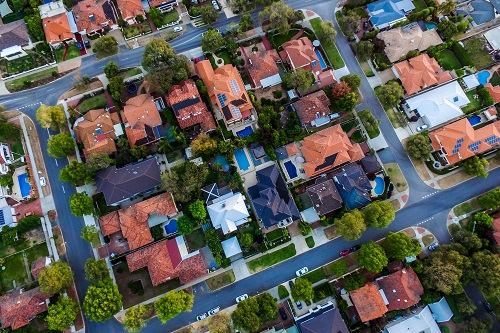
At the time of purchase of an equipment or good, building owners often consider only its buying price, particularly on urgent purchases when an equipment breaks-down. However, other additional costs can be very significant and should be taken into consideration, including the transport and installation costs and, most importantly, the operation and maintenance costs, which are often called hidden costs, that will continue throughout the useful life of the equipment or goods.

Building renovation is an opportunity to improve not only the visual appearance and energy performance of your building assets, but also their comfort level and functionality – crucial factors for customer satisfaction.
Energy-efficient building renovation and equipment can significantly reduce the energy bill and reduce the Total Cost of Ownership of buildings, even if they have a higher purchase price. You will recuperate this initial extra cost in the form of energy and water cost-savings throughout their useful lifetime.
Approximately 75% of the existing buildings in the European Union are estimated to be inefficient from an energy perspective, representing a huge opportunity for energy savings.

Energy-efficient building renovation helps to maintain comfortable indoor temperatures throughout the year, reduces drafts, improves lighting conditions, protects the living space from street noise and helps to maintain an adequate level of air quality and humidity, thus preventing damp and allergies.
For work spaces, studies have shown that productivity can increase by up to 15% if the comfort level is improved. In addition, people spend a large part of their lives indoors – approximately 90% of their time on average – and therefore indoor air quality is of particular importance for health reasons. Factors such as ventilation, temperature and humidity control, as well as the building materials and the chemicals they release to the air play an important role.
Not surprisingly, more comfortable and healthier buildings are more attractive to customers and therefore easier to rent or sell.

The European Union is defining policies to promote sustainable consumption and to reach climate-neutrality by 2050. The reduction of buildings’ environmental impact is a crucial component of these strategies and the upcoming legislation may have a significant impact on your obligations as building owner/manager and on the value of your assets.
Examples include the revision of the Energy Performance Buildings Directive, which is expected to set minimum energy performance requirements for existing buildings to enter the market, the revision of the Energy Efficiency Directive, which will introduce a carbon price for the fuels used in buildings through the European Emissions Trading Scheme, and further legislative initiatives under the Circular Economy Action Plan. The EU taxonomy for sustainable investments is also expected to influence the access of properties to capital and to the market.
These changes to the legislation will introduce price signals that may potentially render existing systems and buildings obsolete due to higher operation costs in comparison with alternative technologies.
The illegal invasion of Ukraine by Russia and its impacts on energy prices and energy availability also remind us that fossil fuel prices are highly volatile and entail significant business risks.
Approximately 75% of the existing buildings in the European Union are inefficient. Investing in energy and resource efficiency will help to future-proof your investments and to avoid stranded assets.

Electric and heating equipment is often used beyond its expected lifetime, resulting in poor energy performance, increased maintenance needs, noise and other inconveniences.
Technology has evolved significantly in recent decades and the replacement of old equipment with modern and much more energy-efficient models may have a short pay-back time, while offering additional advantages in terms of reliability and safety.
Investment in building insulation beyond legal requirements and other building renovations may also significantly reduce the capacity, power and size of the equipment needed, thus reducing also the respective purchase price and associated operation and maintenance costs.

Building renovation is an opportunity to significantly improve the appearance of your property, inside and out. Improvement of the roof and façade, removal of old intrusive technical equipment, adding skylights or other transparent surfaces to allow more natural light to enter, adding passive shading elements that can protect the building in the summer and let sunlight through in the winter are just some examples of possible measures that will improve the visual appeal of your property while simultaneously improving the comfort and the energy performance of the building.
In addition, improving building insulation and investing in other energy-efficient renovations may render old inefficient heating and cooling equipment obsolete and enable the installation of modern, more efficient and compact technologies.
The possibility to connect to modern district energy networks such as district heating and cooling may even eliminate the need to have own heating and cooling systems in the building, thus releasing space from technical areas for other purposes that may generate additional revenue.

The health and the environmental footprint of our buildings today have important impacts on the current and future generations. People spend most of their time indoors and so our health is largely influenced by indoor air quality, thermal comfort, lighting and acoustic conditions at our home and work spaces.
On the other hand, energy and resource efficient buildings also protect the health of our planet. Approximately 75% of the existing buildings are estimated to be energy-inefficient, meaning that 3 out of every 4 existing buildings wastes significant amounts of energy. The use and operation of buildings is responsible for 40% of the European Union’s total energy consumption and for 36% of its greenhouse gas emissions. Most of the existing buildings will still be standing decades from now, so energy-efficient deep renovation is an important measure to reduce the environmental impact of buildings, while simultaneously creating jobs in the construction sector at local and regional level.
The environmental impact of buildings is not limited to the results of energy consumption during their use. The construction and buildings sector accounts for about 50% of all materials extracted from nature and is responsible for over 35% of the European Union’s total waste generation. A life cycle approach that enhances material recovery and circularity is needed to make buildings more sustainable.
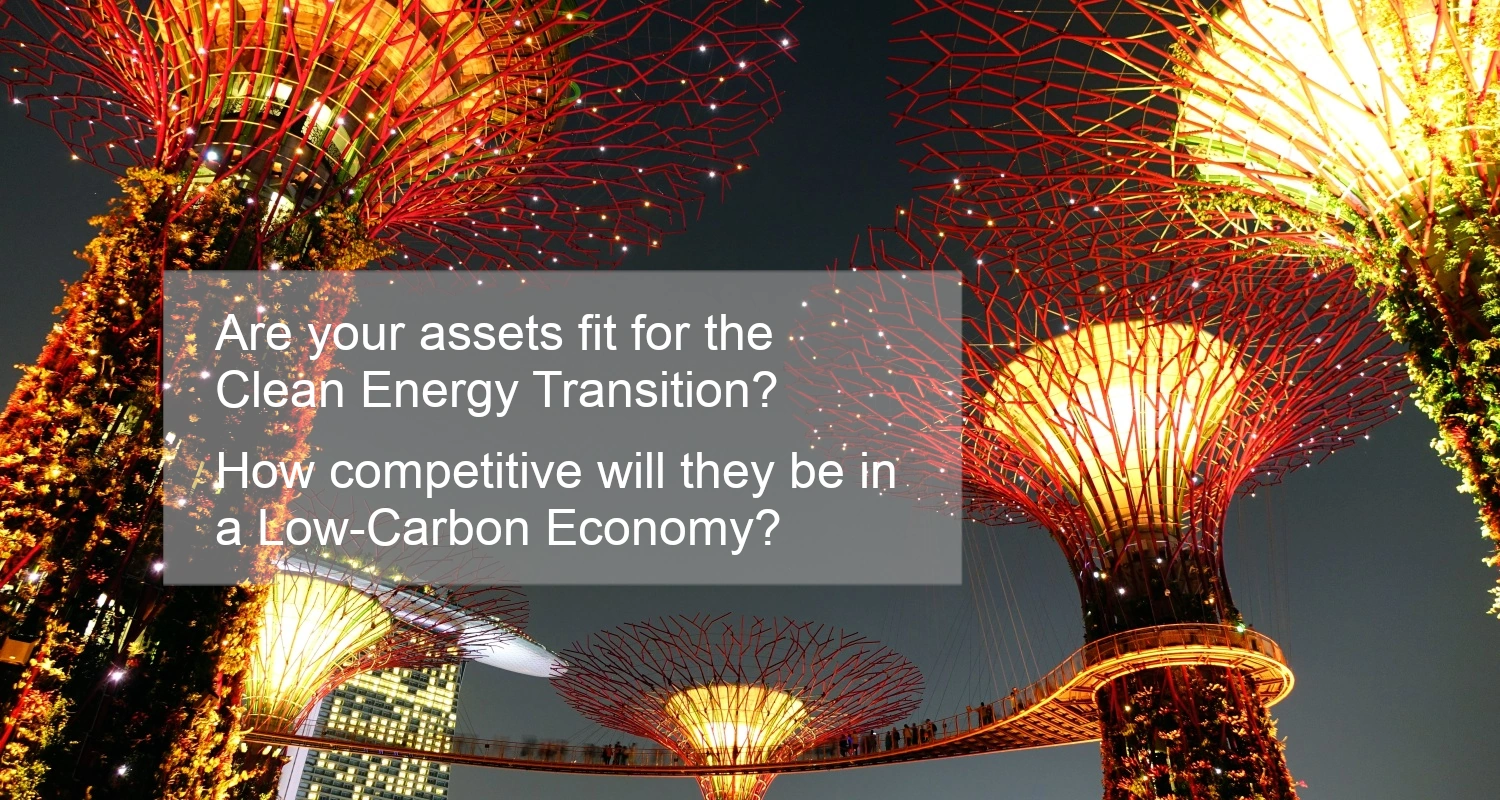
Are your assets and organization fit for the Clean Energy Transition and the Circular Economy?Seize the Potential of energy savings and decarbonization to save money and resources, to future-proof investments, increase profitability and competitiveness.We are experts on strategies and solutions towards Clean Energy and Sustainability.Contact us, we will be glad to support you in defining and implementing the best sustainability strategy and solutions for your organization and assets. |
Improving the energy performance of your company and assets can deliver multiple benefits. The main benefits include energy cost-savings and potential tax reduction, contribution to increased profitability and competitiveness, reduction of business risks, namely by decreased exposure to fossil fuel prices´ fluctuation, and the reduction of the environmental footprint of the company or assets by decreasing greenhouse gas emissions and air polution emissions related to its energy production and use.
To find out more on the reduction of business risks and future-proofing your investments, do not miss the reply to the next question.
Having an energy-efficient building means costs-savings in the energy bill, as many people already know, but there are many other less known benefits. For example, being based in an energy-efficient building leaves your business and your tenants, both commercial and private households, less exposed to the price volatility and fluctuations of fossil fuels, like natural gas and diesel.
Energy-efficiency measures in buildings also help to make work spaces more comfortable and healthy, for example by reducing drafts, damp and mold, which can lead to documented increases in the productivity of workers by up to 15%.
Investing in energy-efficient buildings may also help to future-proof your investments and avoid stranded assest - in the European Union, the directives on the energy performance of buildings and on energy efficiency are under discussion, as part of the efforts to transition towards a climate-neutral economy. Some of the new measures antecipated include the introduction of a carbon price on the polluting fuels used in the buildings, and in transport, through the interation into the European Emissions Trading Scheme. The setting of minimum energy performance requirements for buildings to be able to enter the market, both for rental and sale of properties, is also expected.
Returning to the benefits of a lower energy bill, increasing the energy-efficiency in your buildings, equipment, and operations means delivering the same level of results as before - or even better results - while using less energy. In other words, you can retain more of the value generated by your assets.
All the reasons above mean that energy-efficiency measures, both in new developments and in your existing building stock, can make your business more competitive.
In general, the total cost of ownership of conventional energy supply systems running on fossil fuels, such as oil or natural gas, is much more expensive than the total cost of ownership of renewable energy systems such as solar or wind energy. The reason being that while conventional systems may have a lower purchase costs, you will have to pay fuel costs for the operation of the equipment over its entire useful life - it is during the operation phase that the bulk of the costs are incured, while with a solar energy system you purchase the equipment and you get the renewable energy supply from the sun for free - the bulk of the costs is spent in the acquisition phase.
Another big advantage of renewable energy systems is that they are not exposed to the volatily and price-uncertainty of fossil fuels, such as coal, oil and gas. The invasion of Ukraine by Russia only comes to show that such dependency on energy imports can lead to very significant rises in operation costs. In other words, renewable energy contributes to the self-relience and resilience of your business in face of international crisis.
Whether you install renewable energy systems on site or you sign a Purchase Power Agreement (PPA) with an independent power producer of renewable energy, investing in renewable energy means that you will have more certainty about the future energy price and your overall energy bill than if your business is heavily reliant on fossil fuels.
In a fossil-fuel free district, the energy supply infrastructure - including the electricity, heating and cooling networks - rely exclusively on renewable energy. This condition should be verified both at the level of individual buildings and for the district as a whole. In a fully holistic approach, the transport sector should also be convered, including in the public transport offer and through restrictions to the circulation of fossil-fuelled vehicles, both for passengers and delivery of goods, as well as through othe supporting measures towards sustainable mobility.
In addition to the aspects related to the definition of a fossil-fuel free district, when planning such a development it is essential to also consider additional criteria such as the sustainability of the energy supply sources, resilience and affordability.
The developement of a fossil-fuel free district requires a holistic approach, at building and neighborhood levels, covering the different sectors of infrastructure and service provision, including energy supply, transport, waste management, street lighting, etc.. For the fossil-fuel free district to seamlessly address the future needs of businesses and households established in it, it is necessary to develop integrated solutions with the active contribution of relevant system operators.
Bringing together different service providors and professionals means benefiting from different perspectives, expertise and experiences and opens the door to the co-development of innovative solutions. These may prove particularly valuable to address conflicting priorities within the public administration and enable systemic transformations.
It is important to seek the support from the Local Government and to create a working environment at community level that is supportive to the adoption and implementation of policies, regulations, organizational arrangements, partnerships, mobilization of funding, capacity building, communication and outreach, among other measures. Additional key stakeholders may include public authorities, neighbouring municipalities, engagement of market and financial actors, research and education institutions, professional associations, among others.
In other words, the sucessful implementation of a fossil-fuel free district cannot be acheived alone, by a single organization, it must be a collective effort.
An Energy Management System is a systematic approach for the continual improvement of an Organization's energy performance, including energy efficiency, energy uses and consumption. This systematic approach includes management activities, processes and procedures to establish and implement the Organization's own energy policy, objectives and targets, for enhanced effectivess.
The International Standards Organization (ISO) has developed a voluntary standard (non-mandatory) which defines requirements and guidance for the establishment, implemention, maintainance and improvement of energy management systems. The effectiveness of this approach has been tested and proven in organizations of different nature throughout the world and therefore, its use raises the level of credibility of the efforts and results of energy management systems.
A Theory-of-Change (ToC) is a framework which can be used to support the development of comprehensive and targeted strategies to solve complex social problems that require an integrated, multistakeholder and holistic approach. At the very least, a ToC outlines the pre-conditions, early and intermediate outcomes that must be accomplished to achieve the desired long-term goal or change. The ToC narrative can be further detailed and developed to include the assumptions and explain how the change process will occur and deliver the desired results.
In the context of international development organizations, a ToC often provides an overarching framework under which complementary programmes can be developed. It is also often required in project proposals for grant funds.
The ToC framework is a useful resource to facilitate stakeholder engagement workshops and to produce actionable outputs to manage systemic transitions or change processes. Examples include the collaborative development of a ToC for the local transition to Clean, Sustainable, Resilient and Affordable Energy through a series of stakeholder dialogue workshops.

Improving the energy performance of your company can deliver multiple benefits. In an introductory meeting with the company's management, our team will present these potential benefits, such as energy cost-savings, potential tax reduction, increased profitability and competitiveness, and well as introduce the concept of energy management, and propose a work programme for validation. Going forward, it is also necessary to define the scope of the activities that will follow, including company locations and facilities to be covered.
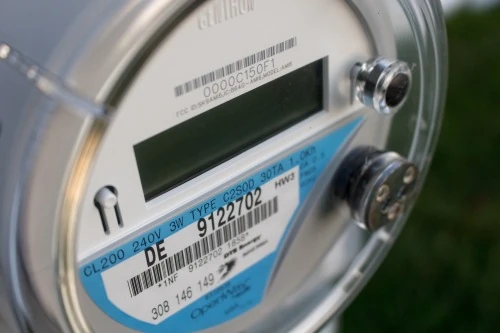
The next step is to conduct a diagnostic of the current energy performance of the company, in accordance with current national and international standards and good practices for energy audits. Our team conducts an initial site visit following a pre-agreed structured program, which begins with a meeting with the operations manager to briefly explain the objectives of the activities. A presentation may also be given to additional staff whose engagement is necessary to support the site visit and data collection. The site visit concludes with closing meetings to share and discuss a summary of the main findings and clarify any questions that may have arrised.
The site visit is complemented with the collection of additional data and information.

The information and data collected in the previsous phase is processed and analyzed by our team to charaterize the current energy performance of your company, including through the use of relevant indicators. The current energy performance is the baseline against which possible measures for the improvement of energy performance, including energy efficiency, will be evaluated. Based on this evaluation, a report is elaborated with recommendations to support management in the selection of measures for improvement of energy performance of the organization.

Upon management decision, measures for improment of energy performance are implemented, monitored and evaluated to confirm the achievements in terms of energy and cost savings. Building on these positive results, this is an opportune moment for the company to implement its own energy management system. Our team can support you in the development and and implemention of a tailor-made energy management system that is in line with current standards and best practices, customized to better suit the reality and needs of your organization. Our services include supporting the following activities: development of a simple energy policy, an action plan, a monitoring plan, procurement guidelines and delivery of training and awareness raising sessions for staff. The standard approach is to follow an iterative Plan-Do-Check-Act methodology, with internal auditing and preparation of reports to support the review of the system by management and contribute to continuous improvement of energy performance.
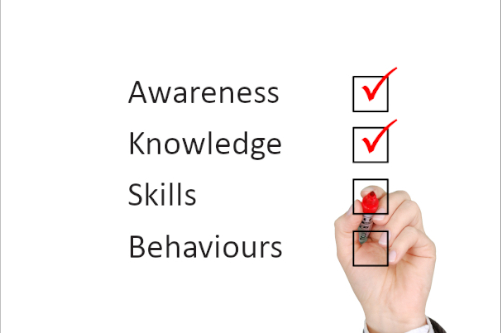
We support organizations and communities in the development and implementation of capacity-building programmes on clean energy, climate-neutrality, circular economy and sustainability for different target-groups, namely for staff, technical staff, public desision-makers, partner organizations or stakeholders, depending on the existing needs.
Once the overall objectives and target-group(s) of the training are well defined, different methods can be used to assess the existing capacity building needs depending on the size and heteregeneity of the target-group(s). Examples include carrying-out semi-structured interviews and conducting surveys. The processing of the results will inform the next steps and help define specific training objectives.

Building on the capacity building needs identified and on any eventual learning resources already available, the training delivery channels and formats are selected and the training program is developed. Possible formats include face-to-face training and remote online training in synchronous mode - to enable direct interaction between the trainer and trainees - and assynchronous mode - to enable the trainee to study and learn at his/hers own pace.
This step includes developing the course sylabus, the materials for training delivery, the learning materials to support study, as well as communication materials to disseminate the training.
A preliminary training run can be used to test the training's structure and contents, and to obtain inputs for their improvement and further dissemination.
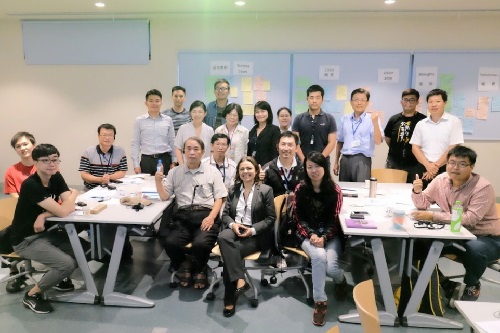
To be effective in contributing to behaviour change, all the training modules include elements to enhance the motivation, knowledge and skills of the trainees.
Training is delivered according to the training plan, making use of the learning resources and encouraging active participation throughout. Group dynamics are encouraged to the extent possible, as a mechanism for exchange of experiences, building a better understanding of the subjects, facilitating team building and development of a support network, and promoting the further emotional connection and commitment of the trainees.
The methodologies that are most suitable for the achievement of the training objectives are used. Whenever possible, hands-on methodologies are preferred, as these tend to be the most effective for learning new skills.
Questions are encouraged and clarified throughout the training.
At the end of training, the Trainees' performance is evaluated against the learning objectives.

At the end of training, the Trainees are invited to evaluate the training in its different components. The input received is then used to improve the training program and materials for a next training cycle.
If possible, six months after the end of training, the Trainees are again invited to evaluate the training by providing information on how they have used their new learned knowledge and skills in their own work. The input received is then used to improve the training program and materials for a next training cycle, while also supporting further dissemination of the training.

To be able to facilitate stakeholder dialogue workshops in a productive manner and geared towards consensus-building and cooperation, it is essential to prepare well. An initial scoping and review phase will provide essential information to support the discussions. The review should provide a comprehensive overview of the current situation, enable preliminary identification of critical aspects and identification of key stakeholders and their priorities and concerns.
This initial scoping and review will also enable the planning of the entire stakeholder engagement process, including channels and formats to be used, convening process, and desired outputs and outcomes.
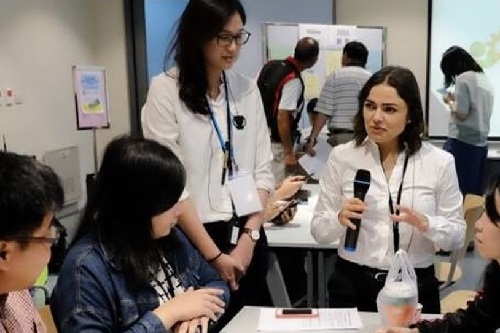
We support organizations and communities in the coordination and facilitation of complex multi-stakeholder engagement processes for the development and deepening of institutional dialoge, cooperations, co-design and local-ownership and participation in the implementation of solutions towards sustainability.
Depending on the desired outputs and outcomes of the stakeholder engagement process, different channels and formats may be selected and developed for implementation. Examples of possible formats for stakeholder engagement include advisory committees, focus groups, facilitated dialogue and consensus-building workshops, among others. Community meetings, for example, are an essential component of participatory governance and of locally-owned and locally-driven climate strategies.
The convening process itself deserves careful consideration. Invitations should present a clear mandate and clear objectives, highlighting the importance of participation and the sought out inputs from the invitee.
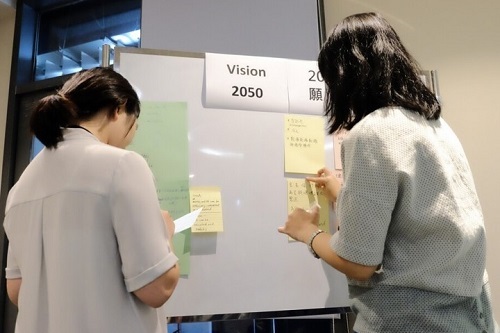
We support organizations and communities in the development of overarching programmes and strategies for the transition to clean energy, circular economy and sustainability through the convening and facilitation of stakeholder engagement workshops and other participatory mechanisms.
Stakeholder engagement processes can be used to generate specific outputs of great value for the management of organizational and societal transitions. Examples of possible intended outputs include:
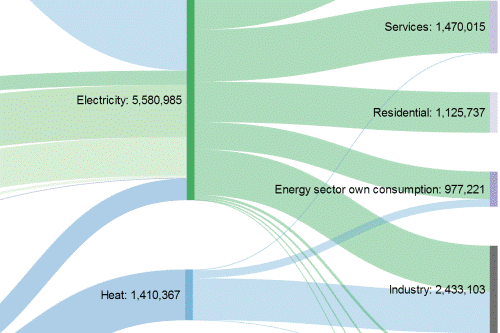
We support organizations and communities in multiple roles of the programme and project development cycle, always ensuring that we only engage in processes where we have no conflict of interests. Examples include:

The first step is to understand the requirements and expectations that your Climate Strategy must meet. For example, how does it integrate with national and local policies and regulations? Are the monitoring and reporting methodologies pre-determined and mandatory? Is your Climate Strategy built around a particular unique feature of your company or a sector that is of major relevance to the local economy? Which locations, facilities and activities, in own operations, should be covered? Are activities from your suppliers, or other entities over which you excert a certain degree of influence, to be covered in the strategy? The answers to these and other scoping questions will condition the choice of methods for defining targets, quantifying greenhouse gas emissions, monitoring and reporting.
We can support you in the implementation of methodologies such as the ISO Standard for quantification and reporting of greenhouse gas emissions and removals, at the project level and at the organizational level (ISO 14064).

Once the scope and methodology are clearly defined, it is time to start developing your community's Greenhouse Gas (GHG) emissions and removals inventory - it will provide crucial information to inform the planning phase. We will support you in implementing a process to ensure that your inventory follows the best-practices' principles and eases quality assurances and verification. This process often includes liaising with relevant departments who can provide relevant data for the development of the inventory and who might actively contribute to the implementation and monitoring of the Climate Strategy. Principles such as relevance, completeness, consistency, transparency and accuracy should be observed. These principles are crucial to ensure that the inventories of different years are coherent and comparable, thus enabling future monitoring and evaluation of performance in the implementation of the Climate Strategy and Action Plan. The following inventories should be planned for:
The GHG emissions inventory is complemented with additional information to complete the characterization of the starting point.
"Business-as-usual" scenarios are developed to assess how the situation will likely evolve in the absence of the Climate Strategy and Action Plan. This initial assessment will inform the next planning steps.

Mapping and engagement of key stakeholders, both internal and external, is highly recommended for the success of the entire initiative. Establishing an open and constructive dialogue between the partners will bring to light different perspectives, expertise and data, and open possibilities for cooperation and synergies. A diverse and inclusive engagement process will enable the co-development of locally-adequate strategies and solutions to address even the most complex situations. The more inclusive and participatory your planning process is, the more likely it is that you will get a broad base of support, motivation and ownership, all of which will be crucial for a successful implementation of the Climate Strategy and Plan.
Experts should be engaged explicitly in each stage of the stakeholders' dialogue to ensure that the necessary expertise and preliminary technical assessments are made available in a timely and transparent manner to support productive dialogues and help determine the feasibility of promissing options.
Possible activities with which we can support you include:
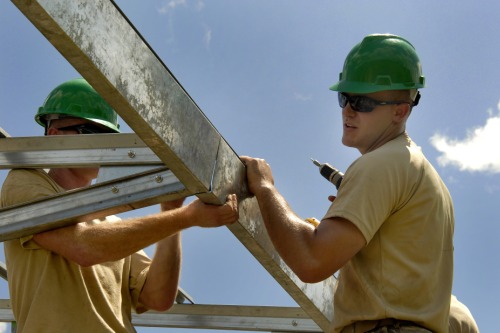
We can support you in different implementation stages and activities, including:
We can also support you in the implementation of the monitoring plan and evaluation of progress against the Climate Strategy and Plan's objectives, including components such as greenhouse gas emissions, energy savings, cost savings, improvement of environmental parameters, among other aspects that may be relevant for your organization.